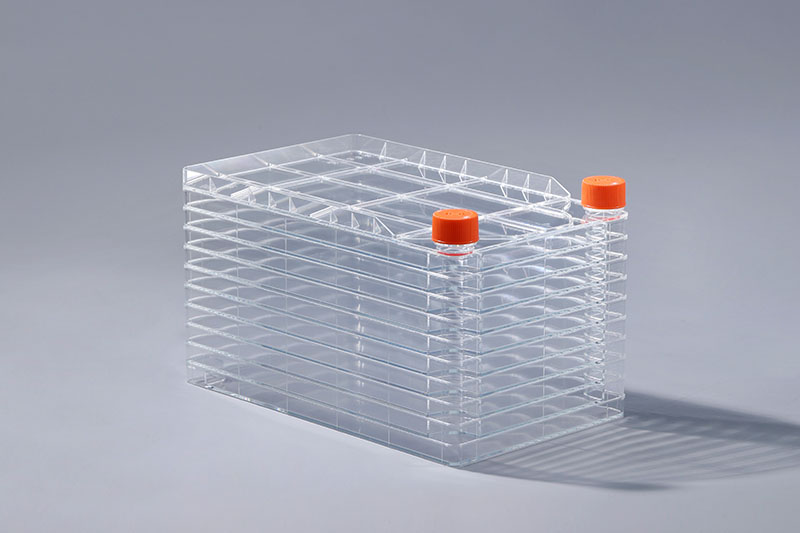Nhiễm mycoplasma là một vấn đề thường xuyên gặp phải trong nghiên cứu cơ bản và sản xuất công nghiệp. Khi sử dụng để nuôi cấy tế bào hoặc sản xuất công nghiệp quy mô lớn, việc nhiễm mycoplasma cũng rất phiền phức. Vì vậy, phải làm gì trong tình huống này? Nhà máy tế bào
Mycoplasma là vi sinh vật có kích thước nằm giữa vi khuẩn và vi rút (đường kính tối thiểu 0,2um) và sống độc lập. Sau khi mycoplasma làm ô nhiễm tế bào, môi trường nuôi cấy có thể không bị vẩn đục. Nó được giải tỏa bởi lối đi và trao đổi trung bình, vì vậy nó rất dễ bị bỏ qua. Nhưng một số trường hợp nghiêm trọng có thể khiến tế bào tăng sinh chậm và thậm chí rơi ra khỏi nhà máy tế bào. phương tiện có thể bị vô hiệu hóa và loại bỏ. Đối với các tế bào quan trọng hơn, điều trị MRA, điều trị làm ấm có hỗ trợ bằng thuốc, sử dụng huyết thanh đặc hiệu mycoplasma, cấy và khử trùng ở động vật, thực bào đại thực bào và sử dụng môi trường làm sạch mycoplasma để điều trị.
Phòng ngừa mycoplasma ô nhiễm là chìa khóa trong việc sử dụng các nhà máy tế bào cho công việc nuôi cấy tế bào. Có thể giảm xác suất nhiễm mycoplasma bằng cách kiểm soát ô nhiễm môi trường, vận hành thí nghiệm nghiêm ngặt, đảm bảo vô trùng môi trường và thiết bị nuôi cấy tế bào, bổ sung lượng kháng sinh thích hợp vào môi trường nuôi cấy tế bào.
The prevention of mycoplasma contamination is the key in the use of cell factories for cell culture work. The probability of mycoplasma contamination can be reduced by controlling environmental pollution, strict experimental operation, ensuring sterility of cell culture medium and equipment, and adding appropriate amount of antibiotics to cell culture medium.
The FAI climbed 5.9 percent year-on-year in the first 11 months of 2018, quickening from the 5.7-percent growth in Jan-Oct, the National Bureau of Statistics (NBS) said Friday in an online statement.
The key indicator of investment, dubbed a major growth driver, hit the bottom in August and has since started to rebound steadily.
In the face of emerging economic challenges home and abroad, China has stepped up efforts to stabilize investment, in particular rolling out measures to motivate private investors and channel funds into infrastructure.
Friday's data showed private investment, accounting for more than 60 percent of the total FAI, expanded by a brisk 8.7 percent.
NBS spokesperson Mao Shengyong said funds into weak economic links registered rapid increases as investment in environmental protection and agriculture jumped 42 percent and 12.5 percent respectively, much faster than the average.
In breakdown, investment in high-tech and equipment manufacturing remained vigorous with 16.1-percent and 11.6-percent increases respectively in the first 11 months. Infrastructure investment gained 3.7 percent, staying flat. Investment in property development rose 9.7 percent, also unchanged.
 English
English



















































